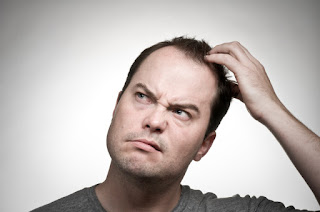Learn Kanji With Me
みなさんこんばんは
Today I will talk about how to read and write kanji
1. Kanji Readings
In Japanese Kanji there 2 readings, onyomi and kunyomi. ONYOMI is reading based on chinese people said in that age. KUNYOMI is based on Japanese language itself.
a. On-yomi Readings(音読み)
Onyomi readings is based on Japanese people for what chinese people said. The rules of ONYOMI readings is when two kanjis is side by side, it will be said with ONYOMI readings. For example 大木 was read "taiboku" big tree, for the onyomi of the "big" kanji is tai and kanji "tree" was boku. Some of two kanjis are not always said with onyomi readings. For example 台所 is called "daidokoro" means kitchen, from kanji "counter for machines" kanji with onyomi and "place" kanji with kunyomi.
b. Kun-yomi Readings(訓読み)
Kunyomi readings is based on Japanese Language. For a lone kanji who has a kunyomi readings will be read with kunyomi readings. For example 山 is called "yama" means mountain, some of them followed with okurigana(送り仮名).Okurigana is kanji which followed by hiragana, this only applid for verbs and adjective. For example白い is called "shiroi" means white. Some of two kanjis can be pronounced wiith kunyomi and not always with onyomi.
2. Write Kanji
To write kanji, you must follow the certain pattern of single kanji. Each kanji have specific strokes that must to be precisely written. If you write less or more than a specific strokes, then you write the kanji wrong way. I'll give you 5 examples of kanji writings
木 







田 









女 





手 







川 





That's it for today I hope that you all have much to learn. See you again
お疲れ様でした



